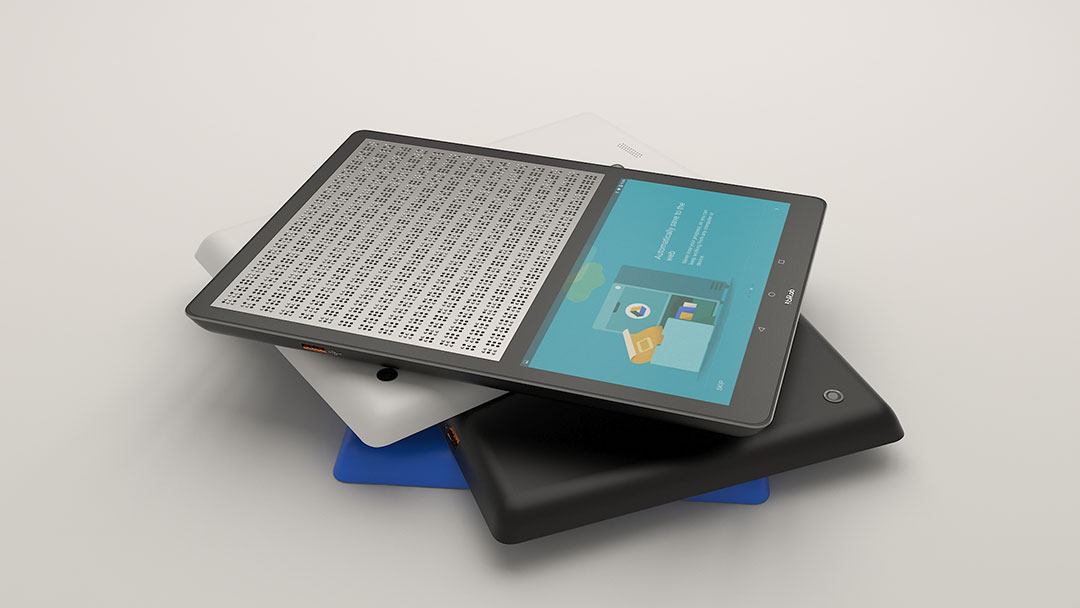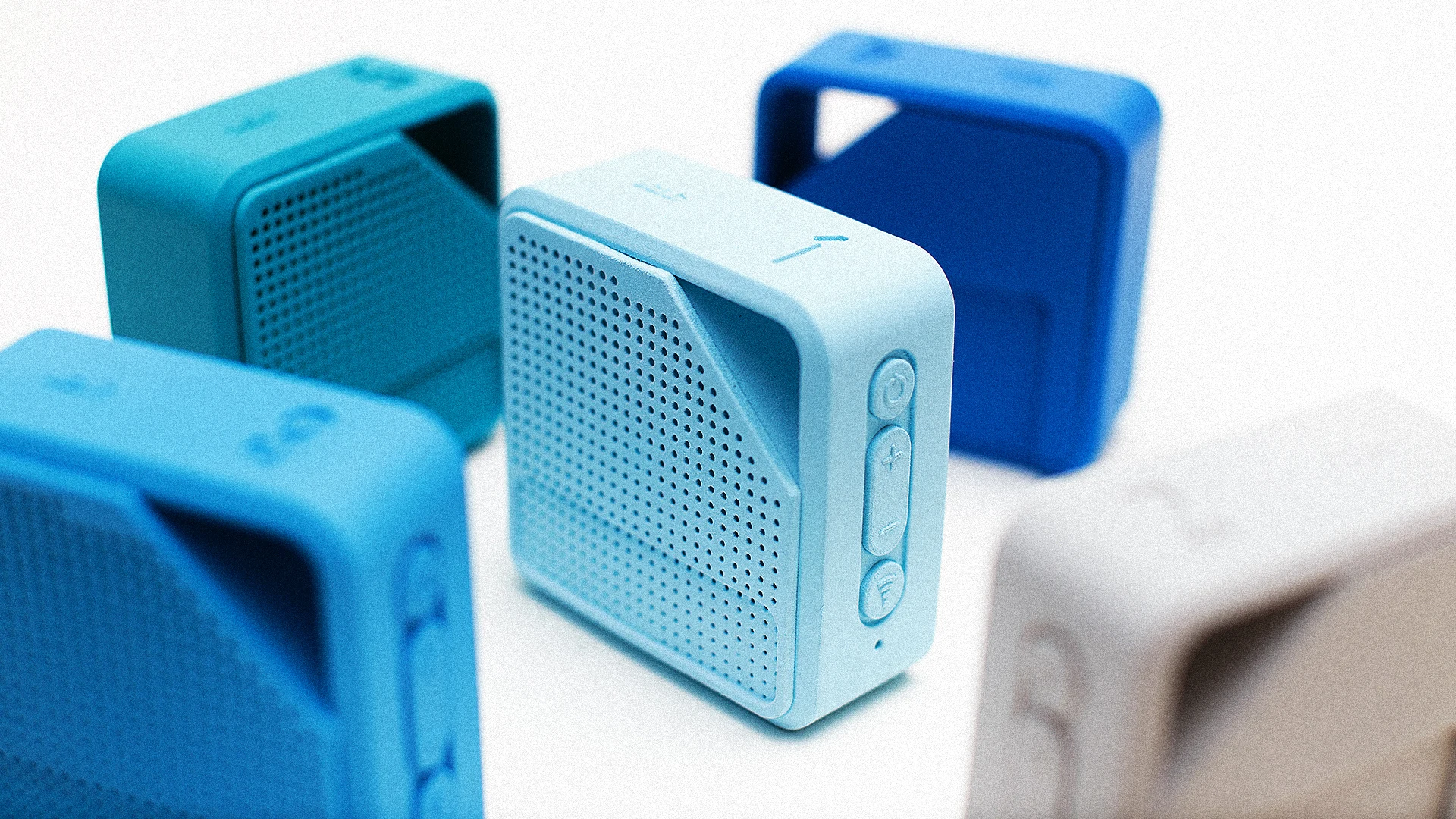AI-Powered Visual Aids: Revolutionizing Support for the Blind
Wiki Article
Empowering Self-reliance With Assistive Modern Technology for the Blind
The assimilation of assistive innovation right into the lives of people with visual disabilities represents a significant improvement in advertising freedom and self-sufficiency. From innovative display readers to sophisticated wise walking sticks, these devices not only improve day-to-day navigating and interaction yet additionally empower individuals to engage meaningfully in various aspects of life. As we explore the myriad advantages and real-world applications of these modern technologies, it becomes vital to check out the hidden factors that add to their efficiency and the potential for future advancements in this crucial field.Summary of Assistive Innovation

The advancement of assistive innovation is based in principles of inclusivity and empowerment. Advancements in software program, equipment, and sensory improvements give customers with choices tailored to their particular requirements. From screen readers that transform message to speech, to responsive gadgets that communicate information through touch, these tools transform the means individuals involve with their surroundings.
In enhancement to functional applications, assistive technology fosters greater social addition and involvement in various sectors, consisting of education and learning and work (Braille displays and notetakers). As study and advancement remain to progress, the capacity for assistive innovation to further boost the lives of visually impaired individuals continues to be appealing, leading the way for a more fair society where every person can prosper
Sorts Of Assistive Devices
A variety of assistive tools have arised to sustain individuals with visual problems, each developed to fulfill particular demands and enhance day-to-day performance. These devices vary from low-tech services to modern innovations, supplying varied choices for users.Low-tech tools include magnifiers and large-print products that assist in reading and writing. Braille devices, such as Braille slates and styluses, enable tactile analysis and interaction. Orientation and mobility aids, like white walking canes, help individuals browse their environment securely.
On the higher end of the range, digital magnifying systems and display readers use significant support. Electronic magnifiers permit users to expand message and photos on displays, while display viewers convert digital content into manufactured speech, helping with access to info on computer systems and smartphones.
Mobile phone applications likewise play an essential function, supplying attributes like text acknowledgment and navigating assistance. Wearable technology, such as clever glasses equipped with enhanced truth, is becoming a promising tool to enhance situational awareness.
Advantages of Assistive Technology
The integration of assistive technology considerably improves the lifestyle for people with visual impairments. These technologies empower users by advertising freedom, allowing them to browse their atmospheres better and carry out everyday tasks with better convenience. Screen readers and magnification software permit individuals to access electronic details, promoting expert and educational opportunities that might have previously been out of reach.Furthermore, assistive tools such as smart canes and GPS applications supply real-time navigating aid, boosting mobility and safety and security. This enhanced freedom not only improves self-esteem yet also urges social engagement, permitting customers to get involved more completely in their communities.
Assistive innovation likewise helps with interaction, helping individuals attach with others through voice acknowledgment and text-to-speech applications. This ability is essential for maintaining connections and accessing vital info.
In addition, the personalization alternatives offered with several assistive technologies ensure that customers can tailor gadgets to their certain demands, additionally boosting usability and efficiency. On the whole, the benefits of assistive modern technology for individuals with visual disabilities are extensive, advertising an extra inclusive society where everybody can seek their objectives and goals.
Study and Success Stories
Highlighting the transformative influence of assistive modern technology, countless study illustrate exactly how individuals with aesthetic problems have efficiently incorporated these tools into their day-to-day lives. One compelling instance entails an university trainee that used screen analysis software program to navigate on-line sources and academic materials effectively. This technology not just facilitated her education and learning however also boosted her self-confidence in taking part in conversations and group tasks.Another instance research study features an expert who utilizes a smart device application made for navigating and object recognition. By using this app, he has actually reclaimed autonomy in both his individual and workplace, allowing him to commute separately and involve with coworkers better.
Furthermore, a retiree shared her experience with braille e-readers, which allowed her to access a vast variety of literary works and stay gotten in touch with her neighborhood via publication clubs.
These success stories highlight the essential function of assistive technology in promoting freedom, enhancing high quality of life, and promoting social combination for people with aesthetic problems (AI-powered visual aids). By welcoming these innovative tools, individuals can get rid of obstacles and confiscate possibilities that add to their specialist and individual gratification

Future Patterns in Assistive Technology
Advancement in assistive technology is positioned to redefine the landscape of support for people with visual impairments. Emerging trends stress the combination of expert system (AI) and maker learning, which improve the performance of gadgets that assist with navigation and details accessibility. AI-driven applications are currently capable of interpreting visual data in real-time, enabling users to engage with their atmosphere a lot more individually.Moreover, the advancement of wearable innovation is advancing swiftly. Smart glasses furnished with increased truth (AR) can give audio summaries of environments, changing just how individuals communicate with public spaces. These Speech-to-text devices for low vision tools not just advertise freedom but also foster social incorporation.
In Addition, the Web of Things (IoT) is making homes smarter, permitting smooth connection between day-to-day home appliances and assistive gadgets. This connectivity encourages individuals by allowing voice-activated controls and computerized actions customized to individual demands.
Verdict
Finally, assistive technology plays a critical duty in equipping individuals with aesthetic disabilities by enhancing their freedom and engagement with their environments. The diverse variety of applications and tools available not only promotes navigating and interaction but likewise promotes social combination and possibilities for specialist and personal growth. As advancements continue in this area, the capacity for boosting the lifestyle for those with aesthetic impairments will increase, fostering better autonomy and empowerment.
Report this wiki page